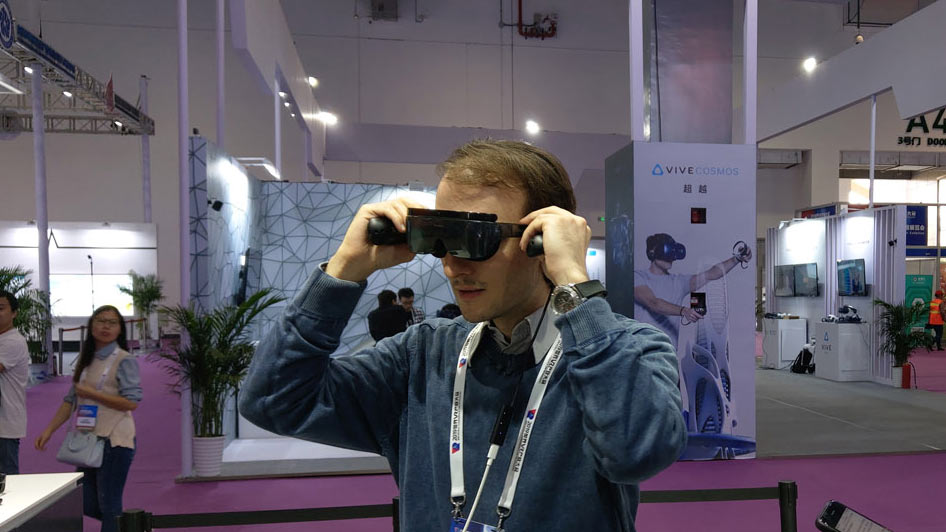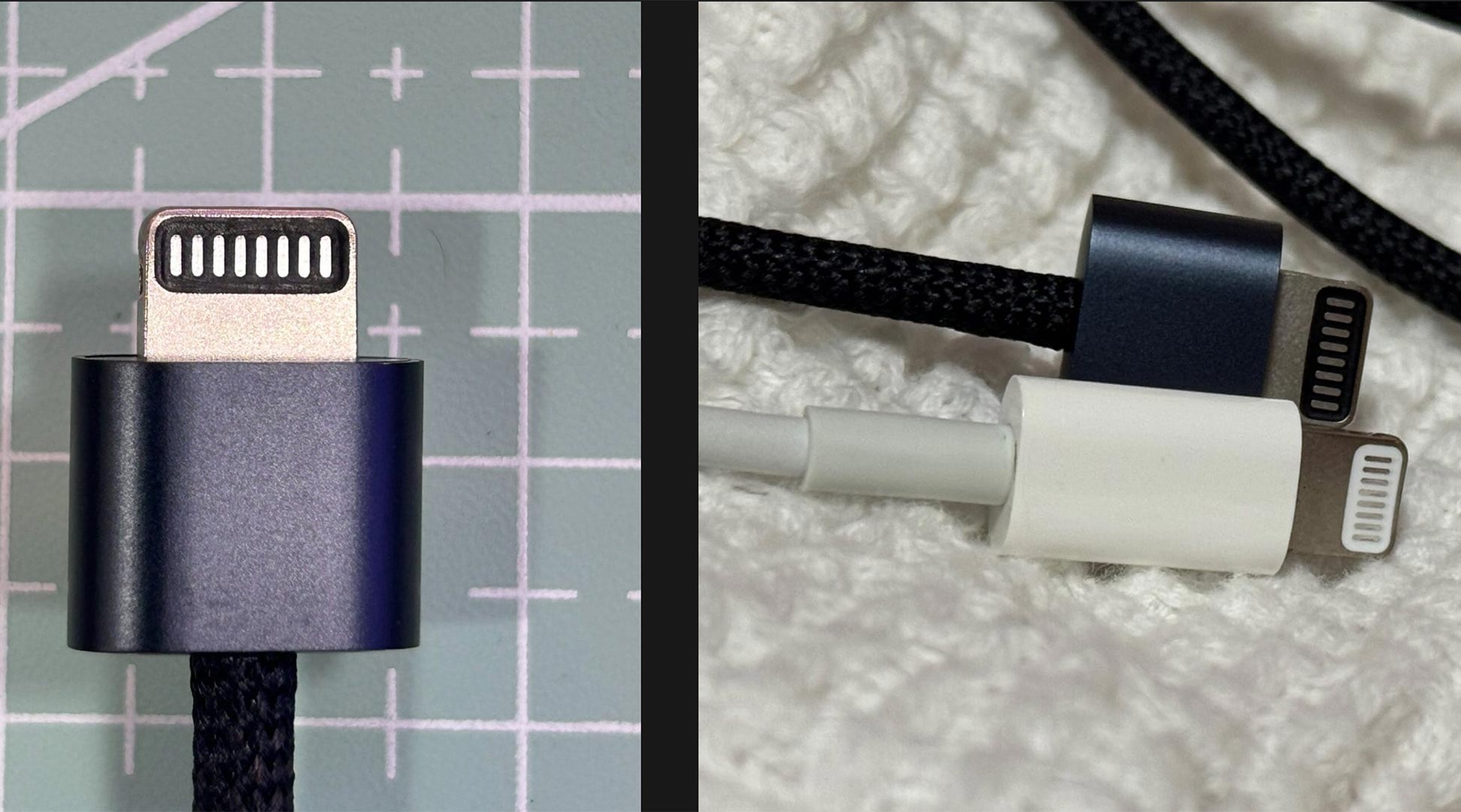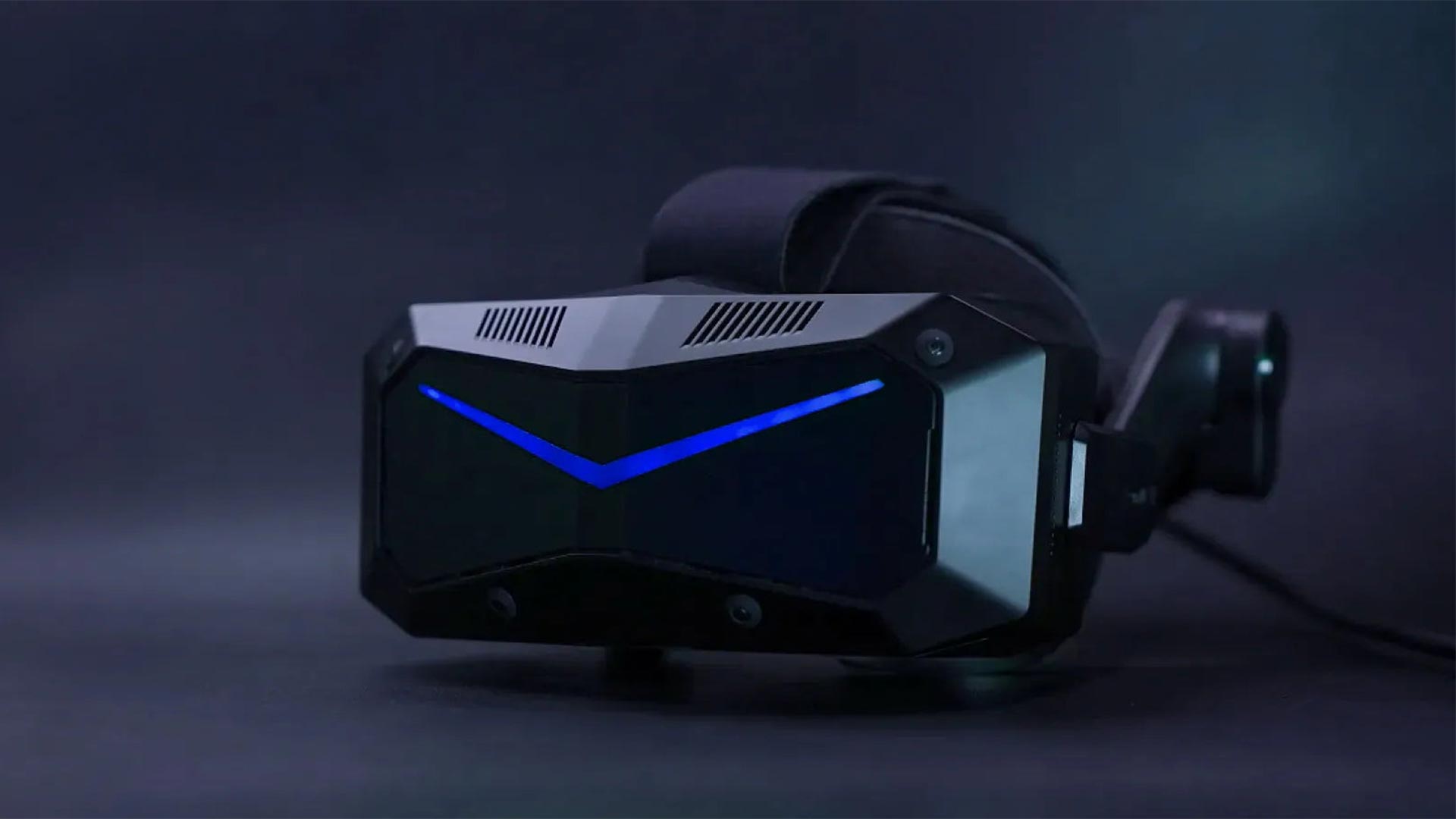Huawei VR glasses hands-on preview: a majestic 3DOF headset
At WCVRI in Nanchang, China, I have finally been able to put my hands on the just-announced Huawei VR glasses and so I can write a short review for you. I’ve come out pretty impressive by them, so be sure to read this article to discover with me why they are cool.
Some weeks ago, Huawei has announced some stylish VR glasses that connect to the phone, saying that they were disruptive for the VR ecosystem. What takes them apart from the competition is the stylish design, that looks more like cyberpunk glasses than VR goggles. This design has created a lot of interest in the VR communities, but the information on the headset has always been pretty confused, especially because most of the communication has happened in Chinese.
But luckily your favorite ghost has just been to China, and so he has been able to try the glasses at the WCVRI event. There, Huawei made people try the headset with various content: BoxVR, a shooting game with a plastic rifle prop and also a racing game on a stationary bike. It was a fun experience.
Here you are my hands-on impressions!
Design

The design of the headset is exactly as you can see in the photos: very stylish, like a pair of big sunglasses. It is very
This design choice has also a drawback, though: you can see a lot of your world below you. The headset doesn’t enclose completely your vision, so if you look down, you see really a big portion of the real world. This may be an immersion killer for someone, but actually, it has not impacted much my experience while I was playing with it.
Optics
Another cool stuff of this headset is the resolution: with 1600×1600 per eye, and a pixel density of 1058

The pixel density is great, and the screen door effect is little. I was really impressed by the clarity of this device.
All of this density is also possible only because of the limited FOV of the device (the pixels of the display must serve a more limited vision area, so the density is more). I guess that having that compact form factor requires some compromises, and the field of view can’t be large as the one of the Valve index. Huawei hasn’t shared details on this, but my guess is that it is around 90°.
The colors of the display didn’t seem very vivid to me (on the contrary, they were a bit washed out), and the pixel arrangement didn’t look pentile, so I guess that the display is an LCD one.
What is special
This system has its own drawbacks, though. It is not super-easy to be used: the people at the booth had to ask our eyes’ parameters, then apply some weird calculations to obtain how much the ring had to be rotated to match our eyes’ parameters. If these glasses are personal, this is a nuisance you have to go through only once, otherwise, if you want your friends or customers to try these, you have to set this thing up every time.
Personally, I have no problems with my eyes, and the people at the booth have not been able to find a perfect fit for me. In the beginning, I had crossed vision, then they tried different settings and in the end, I obtained satisfactory visuals, but they lead to eye strain after a while. My buddy Max, instead, that wear glasses, was amazed by this solution because it gave him perfect vision in VR without needing to wear additional glasses or lenses. So I guess that the results depend on the person and on how much time do you want to spend to tweak parameters until you find a perfect fit. I am sure that at home I would be able to find the perfect fit with different trials and error, but in the exhibition there was little time for it.
Audio
The headset has integrated audio through speakers embedded into the frames. It worked well, and I could hear the sounds even inside the noisy exhibition. I can’t tell you much about the audio quality, though.
Huawei VR glasses also have a 3.5mm jack for external headphones, in case you want more privacy for your VR experiences.
Comfort
The headset was incredibly light (only 166g!) and comfortable. It was a bit little for my head, but most probably because it was a model designed for the different shape of the head of Chinese people. I was impressed because when I wear a VR headset, I can really feel the fact that I’m wearing a big shoebox on my head, while with the Huawei VR glasses, the sensation was completely different.

The device features a foam pad that I found pretty comfortable. It can also be detached easily (it is magnetic), so you can also wash it if it becomes too dirty.
The cable going from the glasses to the smartphone has never been a problem for me.
Tracking

The headset features no positional tracking. If you want to use it with 6DOF content, you have to use additional hardware like NOLO… with all the related problems (e.g. NOLO works only with a frontal setup).
This is the biggest limitation of these glasses.
Controller
No demo in the exhibition used a controller, but I have seen one on a table there. It looked like a standard 3 DOF remote for a 3 DOF VR headset.

Content
It is not clear what store the Huawei glasses will work with. My guess is a proprietary one.
In the exhibition, the headset was demoed also with PC VR content like BoxVR, so I guess that it can also work with SteamVR content through software like Riftcat VRidge.
Phone compatibility
Huawei has confirmed to me that for now the headset is compatible only with the latest Huawei phones. Maybe in the future, it will be opened also to other smartphones, but the company is not ready to release any announcements now.
Price and release date
Huawei VR glasses will be on sale in China in December for 2999RMB, around $400.
I have asked about worldwide availability, but Huawei answered that it has no official info to share about it for the moment.
Final impressions

I have come out pretty amazed by the Huawei glasses. I think that they can be a defining device for 3 DOF Virtual Reality. Their design is disruptive: finally, if you use VR, you look stylish and don’t seem like someone with a weird box on the face anymore. After having tried it, I would never return to a Go anymore.
The diopter adjustment is fantastic for the comfort of people wearing glasses and the display looked cool. I see many innovative solutions here.
The big problem for me is the total lack of positional tracking. With exactly the same price of $400, I can buy an Oculus Quest that gives me the possibility of moving completely in VR and also use my hands to do what I want. That’s a huge difference.
But if you just want to watch some movies in VR and you have a new Huawei phone, well, this is a device you should keep an eye on.
And that’s it for this short hands-on impressions! What you think about this device? Are you intrigued as well? Let me know in the comments or contacting me on my social media channels!
Disclaimer: this blog contains advertisement and affiliate links to sustain itself. If you click on an affiliate link, I'll be very happy because I'll earn a small commission on your purchase. You can find my boring full disclosure here.



